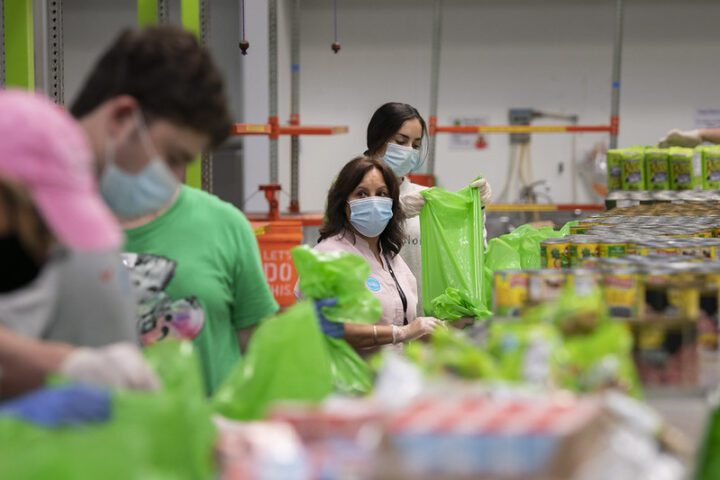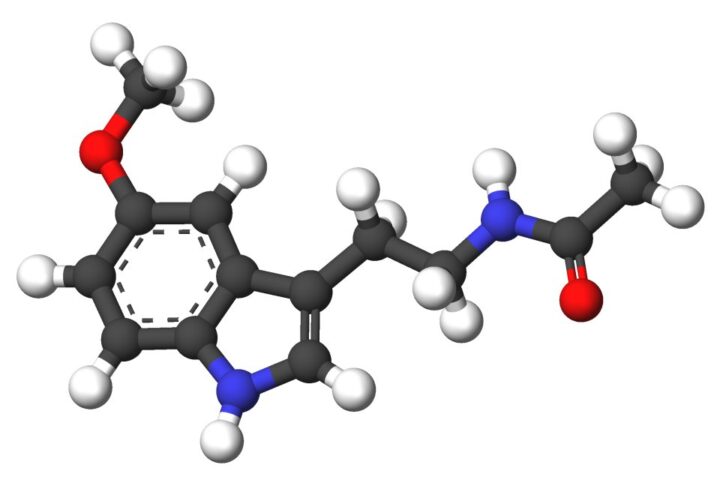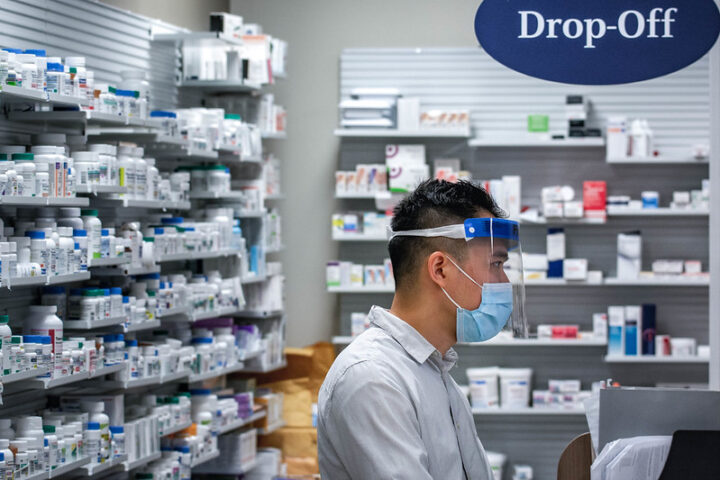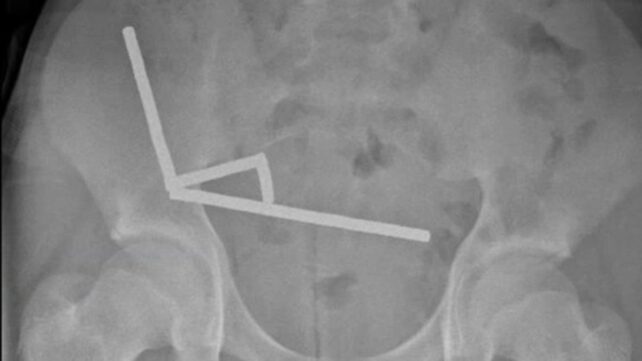Ultra-Processed Foods: The Global Health Threat Hidden in Plain Sight
A new three-paper series in The Lancet exposes how industrial food corporations are reshaping global diets and driving chronic disease worldwide

Ultra-processed foods are contributing to worldwide obesity, chronic health conditions and early death, yet the food industry continues to market these products for profits, according to a three-part series published November 18, 2025, in The Lancet, authored by 43 global experts and supported by UNICEF and the World Health Organization.
The Lancet series presents research on health harms of ultra-processed foods and calls for global regulation through methods such as food warning labels, taxation, and laws to restrict marketing and advertising, especially to children. Countries like Chile, Mexico, the United Kingdom, South Korea and Ireland have already implemented laws targeting the marketing of unhealthy foods to children.
The rise of ultra-processed foods poses what experts describe as a public health emergency. In the United States and United Kingdom, more than 50% of daily calories now come from these products. The consumption has tripled in Spain (from 11% to 32%) and in China (from 4% to 10%) over recent decades, according to national dietary surveys cited in the series.
The Evidence Behind the Crisis
Key findings from The Lancet series and global health research
“The growing consumption of ultra-processed foods is reshaping diets worldwide, displacing fresh and minimally processed foods and meals,” said Carlos Augusto Monteiro, professor at Brazil’s University of São Paulo, who developed the NOVA classification system in 2009 that categorizes foods by their level of industrial processing.
A controlled inpatient randomized trial led by Kevin Hall at the National Institutes of Health found participants ate about 500 kcal per day more on an ultra-processed diet compared to a matched minimally processed diet, even though both diets contained the same amounts of calories, sugars, fiber, fat, salt and carbohydrates on the menu. The trial showed weight gain occurred during the ultra-processed food period.
The systematic review conducted for The Lancet series examined 104 long-term studies and found 92 reported associations between higher ultra-processed food consumption and increased risk of one or more chronic diseases. Meta-analyses confirmed significant associations for 12 health conditions, including obesity, type 2 diabetes, cardiovascular disease, depression and early death from all causes.
Health Conditions Linked to Ultra-Processed Foods
Evidence from the largest systematic review connects UPF consumption to multiple chronic diseases
Ultra-processed foods are defined by the NOVA system as industrial formulations made from substances derived from foods or synthesized from food constituents. They typically contain ingredients not used in home cooking—such as hydrogenated oils, protein isolates, high-fructose corn syrup, and cosmetic additives like artificial flavors, colors and emulsifiers.
Common examples include packaged snacks, sugary sodas, mass-produced breads, instant noodles, frozen ready meals, breakfast cereals with added sugars, processed meats, and reconstituted meat products. These products are engineered to be hyperpalatable—designed to hit what researchers call the “bliss point” of sugar, salt and fat that makes them difficult to stop eating.
Research shows diets high in ultra-processed foods are linked to overeating, poor nutritional quality with excessive sugar and unhealthy fats, low levels of fiber and protein, and exposure to potentially harmful chemicals. High-temperature manufacturing can create compounds like acrylamide and industrial trans fats. Long-life packaging may contain endocrine disruptors such as phthalates, bisphenols and PFAS chemicals.
UPF Consumption Rising Globally
National dietary surveys show how ultra-processed foods now dominate food intake
The food industry employs coordinated tactics to protect profits and prevent regulation, according to The Lancet series. A financial analysis published in Globalization and Health found approximately $2.9 trillion in shareholder capital was distributed between 1962 and 2021 by the agri-food sector, with over half coming from ultra-processed food manufacturers.
Industry actions include direct lobbying, funding research to manufacture scientific doubt, and using a global network of front groups, advertising firms and influencers to frame debates and counter opposition. Reviews of industry-funded research show such studies are more likely to report findings favorable to industry compared to independently funded research.
The International Food & Beverage Alliance responded to The Lancet series by stating that health authorities worldwide have not reached scientific consensus on ultra-processed foods. “The policy and advocacy recommendations of this series go far beyond the available evidence,” said IFBA Secretary-General Rocco Renaldi, arguing that proposed policies “would risk limiting access to nutrient-dense processed foods and reducing the availability of safe, affordable, shelf-stable options globally.”
How to Identify Ultra-Processed Foods
The NOVA classification system categorizes foods by their degree of industrial processing. Here’s how to spot ultra-processed foods when shopping.
- Many ingredients (typically more than 5)
- Substances you wouldn’t use in home cooking
- Names you can’t easily pronounce
- Multiple types of sugars or sweeteners
- Artificial flavors and colors
- Emulsifiers and stabilizers
- Non-sugar sweeteners (aspartame, sucralose)
- Hydrogenated or interesterified oils
- Protein isolates and hydrolysates
- Packaged snacks and chips
- Sugary sodas and energy drinks
- Mass-produced packaged breads
- Instant noodles and soups
- Processed and reconstituted meats
- Sweetened breakfast cereals
Corporate Strategies and Market Dominance
“To keep this business model, which is highly profitable, the industry cannot afford to make minimally processed foods as they did in the past, so they use extensive political lobbying to stop effective public health policies that support healthy eating,” said Carlos Monteiro in interviews about the research.
The food industry adapted tactics from Big Tobacco’s playbook after major tobacco companies acquired food and beverage corporations between the 1960s and 1980s. By the 1980s, ultra-processed food had become widespread, heavily marketed, and designed to be eaten throughout the day in any setting.
With markets in the United States, United Kingdom and European Union heavily saturated with ultra-processed foods, the food industry has pushed into South America, Africa, Eastern Europe, China and India. The global expansion strategy prioritizes markets where traditional diets still predominate but where processed food consumption is growing rapidly.
Policy Solutions That Work
The Lancet series examines regulatory actions by countries to reduce ultra-processed food consumption
Front-of-Package Warning Labels
Labels that alert consumers to high levels of sugar, salt, saturated fat or industrial additives are changing purchasing behavior and prompting product reformulation.
Black octagonal warning labels for foods high in calories, sugar, salt or saturated fat. Research shows the labels changed consumer behavior and motivated manufacturers to reformulate products.
Adopted warning label system following Chile’s success, covering foods with excess nutrients and requiring warnings for artificial sweeteners and caffeine.
The Lancet series recommends adding markers of ultra-processing (such as artificial colors, flavors and non-sugar sweeteners) to front-of-pack labels alongside warnings for high fat, sugar and salt content.
Restrictions on Marketing to Children
Protecting children from marketing of unhealthy foods is a priority identified by WHO and UNICEF.
Restrictions on television advertising of foods high in fat, sugar and salt during programs with large child audiences. Online advertising restrictions also apply.
Comprehensive measures to restrict marketing of unhealthy foods to children across multiple media platforms.
Both countries have implemented laws limiting advertising of foods high in fat, sugar and salt to children during specific broadcast times and in certain locations.
Taxation on Sugary Drinks
Financial measures that reduce consumption of ultra-processed beverages while generating revenue for public health.
Taxes on sugar-sweetened beverages have successfully reduced consumption in countries that implemented them, according to The Lancet series. Revenue often funds public health programs or subsidies for healthier options.
Experts recommend expanding taxation beyond sugary drinks to other ultra-processed food categories, with revenues used to fund cash transfers or subsidies that make fresh and minimally processed foods more affordable for low-income households.
School Food Policies
Regulations that restrict ultra-processed foods in schools and prioritize fresh, whole foods in school feeding programs.
The national school food programme (PNAE) emphasizes purchases of fresh and minimally processed foods and prioritizes buying from family farmers. The program is widely cited as a model for reducing ultra-processed food availability in schools.
A growing number of countries restrict sales of ultra-processed foods in schools and public institutions, reducing children’s daily exposure to these products.
What the Research Covered
The three-paper Lancet series examined the evidence on ultra-processed food consumption globally, policy approaches taken by various countries, and the commercial determinants driving the expansion of ultra-processed foods. The systematic review analyzed 104 long-term studies, with meta-analyses finding associations between ultra-processed food intake and multiple chronic health conditions.
The World Health Organization described ultra-processed food consumption as a systemic threat to public health, equity and environmental sustainability, stating the series makes a compelling argument for urgent action. UNICEF offered support for developing an international policy framework to protect children and families from ultra-processed foods.
The series authors called for coordinated global action including government regulation, restrictions on marketing to children, front-of-pack warning labels that identify ultra-processed markers, taxation policies, and limits on ultra-processed foods in schools and public institutions. The research emphasized that individual behavior change alone is insufficient without system-level policy reforms.
A Coordinated Global Response
The Lancet series concludes that addressing ultra-processed foods requires a unified international effort involving government leaders, UN agencies, scientists, and civil society—with children’s health as a top priority.


















